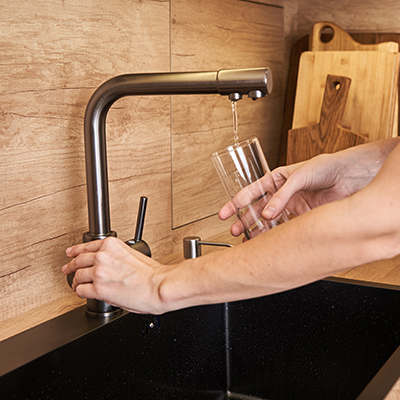
In 1800, Alessandro Volta created the first modern battery using copper and zinc discs, in a brine electrolyte. Over the next two hundred years, batteries have evolved into so many different types that making the right choice when buying one, can seem like a daunting decision.This article aims at breaking down the complexities into simpler details, aimed at helping you make an informed choice, when choosing the right caravan battery setup.
Lets get some basic terms, explained:
Battery Capacity
The amount of electricity that can be stored in a battery is represented in Ampere-Hours or Amp-Hours – also abbreviated as AH.
A battery’s capacity in amp-hours is usually taken as the basic measure of its performance. The Amp-hour capacity of a battery determines how long it will last when it is connected to appliances that consume electricity.
If an appliance consumes 1amp of electricity for 1hr then, it is said to have consumed 1AH of power. In more simpler terms a 200AH caravan battery will be able to sustain an appliance that draws 10Amps of current for 20 hours (200 divide by 10).
Did You Know?
A typical 2-door 12V compressor fridge consumes about 6amps of electricity in an hour. Considering, a fridge is usually operational throughout the day, the daily power consumption by the fridge is 6amps x 24hours = 144AH.
Most average caravans and motor are usually equipped with two 100AH batteries. This poses a major problem for customer’s who want to go off the grid and love “free-camping”.
Battery Life
When a battery is used and then recharged again – this is called a cycle. Every time a battery undergoes a cycle, subtle chemical changes within the battery do permanent damage to the battery. The amount the battery is affected by this memory damage, is directly related to the length of the cycle. In simpler terms a battery that is subjected to a 40% cycle will last longer than a battery subjected to a 80% cycle.
Depending on the cycle a battery is subjected to – modern advances in chemical engineering have enabled manufacturers to design batteries that deliver the right amount of power when needed, without causing excessive damage to the battery.
Battery manufacturers provide this performance data, as a No. of Cycles vs Depth of Discharge graph – that gives customers an idea of the difference battery life when subjected to a deep cycle, compared to a shallow cycle. Depending on the depth of the cycle – the number of cycles a battery can go through in its life time reduces.

Differences in the electro-chemistry make the batteries in your car, behave very differently from the batteries in a caravan or motorhome. Car batteries are classed as SLI (Starting, Lighting and Ignition) batteries, and are designed for delivering large amounts of current in short bursts. They can last up to 2500 cycles when subjected to nothing greater than a 10%cycle.
A caravan battery, on the other hand is designed to undergo the stresses of a deep-cycle. They are designed to be discharged to at least 60% during normal use. Good quality deep-cycle AGM batteries will typically last about 500 cycles (roughly 1-2 years of continuous usage), when discharged by about 70-80%.
What does “Deep Cycle Caravan Battery” mean?
A cycle is usually expressed as a percentage – which represents the amount a battery has been discharged, before being fully recharged again. For example if we use 40AH of energy from a 100AH battery before recharging it again, then the battery is said to have done a 40% cycle. If a battery is subjected to a discharge-recharge cycle of more than 60% it is said to have undergone a “Deep Discharge Cycle“.


